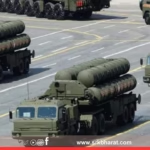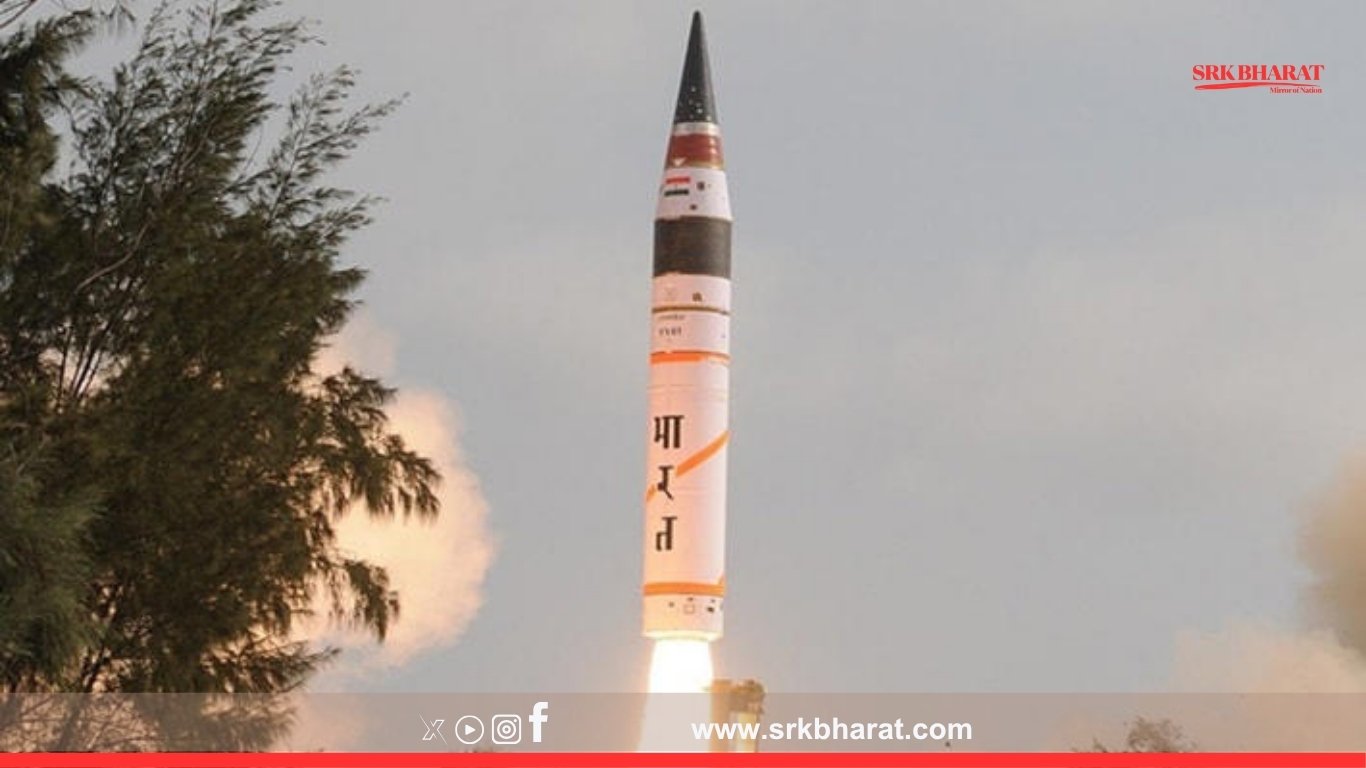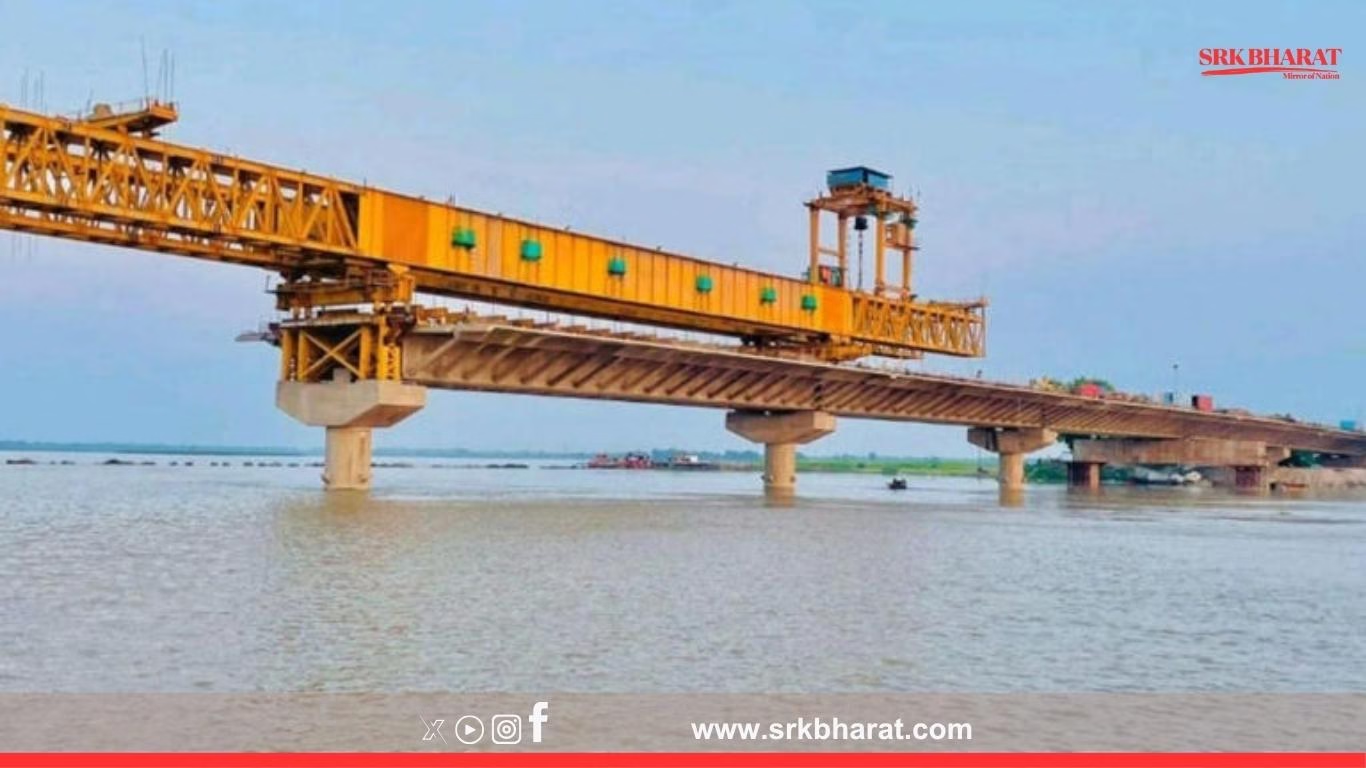India’s strategic deterrence capabilities have taken a formidable leap with its latest test of an Agni-5 intercontinental ballistic missile (ICBM) variant designed as a bunker buster, capable of delivering precision nuclear or conventional strikes on hardened underground targets deep inside enemy territory.
Defence analysts believe this new capability will reshape South Asia’s strategic landscape and bolster India’s counterforce strike options in the face of growing regional threats from China and Pakistan.
Pivot Table: Key Facts About Agni-5 Bunker Buster Variant
| Parameter | Details |
|---|---|
| Missile Name | Agni-5 Bunker Buster variant |
| Category | Intercontinental Ballistic Missile (ICBM) |
| Weight | ~7,500 kg |
| Range | Over 5,000 km (classified exact range) |
| Payload | MIRV capable, bunker-buster warhead tested |
| Test Date | June 30, 2025 |
| Launch Platform | Road-mobile canisterised launcher |
| Target Type | Deep underground bunkers, command centres |
What Makes The Agni-5 Bunker Buster Different?
Unlike the standard Agni-5 missile, India’s Defence Research and Development Organisation (DRDO) has modified this variant to:
- Penetrate hardened underground bunkers using specialised kinetic or earth-penetrating warheads.
- Deliver Multiple Independently Targetable Reentry Vehicles (MIRVs) for targeting dispersed facilities.
- Enhance precision strike capabilities to neutralise enemy command and nuclear assets.
A senior DRDO scientist explained:
“This variant is not just for deterrence but provides credible counterforce strike options against enemy leadership bunkers, missile silos, and nuclear command centres if national survival is threatened.”
Comparison of Agni-5 Bunker Buster vs Standard Agni-5
| Parameter | Agni-5 Standard | Agni-5 Bunker Buster Variant |
|---|---|---|
| Weight | ~50 tonnes | ~7.5 tonnes |
| Range | 5,000 – 5,500 km | Similar range |
| Warhead | Nuclear MIRV or single | Specialised bunker buster + MIRV |
| Role | Strategic deterrence | Counterforce, hardened target destruction |
| Deployment | Road-mobile canister | Road-mobile canister |
Strategic Context: China’s Hardened Bunkers
China has developed a vast network of deep underground facilities in its mountainous western regions, including:
- Nuclear missile silos in Xinjiang and Tibet
- Command bunkers in Chengdu and Lanzhou military regions
- Storage tunnels for ballistic missiles and warheads
India’s new Agni-5 variant enhances its ability to credibly target these hardened facilities in a potential escalatory scenario, thereby reinforcing deterrence stability.
Key Capabilities Of Agni-5 Bunker Buster
- Earth-Penetrating Warhead: Capable of piercing reinforced concrete or granite rock structures before detonation.
- High-Accuracy Guidance: Circular Error Probability (CEP) of <30 metres with MIRV systems.
- Rapid Launch: Canisterised platform allows quick deployment, enhancing survivability and responsiveness.
- Counterforce Strike Utility: Targets leadership bunkers, nuclear storage, and command centres, increasing strategic leverage.
Global Bunker Buster Missile Capabilities
| Country | Missile/Warhead | Capability |
|---|---|---|
| US | B61-11 gravity bomb | Earth-penetrating nuclear bomb |
| Russia | RS-28 Sarmat (Satan 2) | MIRV capable, bunker busting warheads |
| China | DF-41 | MIRV, limited bunker busting |
| India | Agni-5 Bunker Buster | Earth-penetrating warhead, MIRV capable |
Will Agni-5 Bunker Buster Change Future Wars?
Yes – Strategic Deterrence Impact
India’s ability to target underground enemy assets enhances:
- Second strike credibility by threatening adversary nuclear assets even if dispersed.
- Counterforce options, if pre-emptive decapitation strikes become necessary under extreme scenarios.
No – Use Remains Constrained
However, using bunker buster nuclear weapons remains politically and ethically constrained due to:
- Massive civilian casualties risk if used against command bunkers near urban areas.
- Nuclear escalation certainty with China or Pakistan, risking national survival.
Expert Opinions
Dr. Bharat Karnad, National Security Expert:
“India’s Agni-5 bunker buster variant is a necessary counterforce capability against China’s underground missile tunnels. It enhances strategic deterrence by ensuring no target remains safe.”
Prof. Happymon Jacob, JNU:
“While technically impressive, India must weigh escalatory risks. A counterforce-first strategy is destabilising without robust ballistic missile defence and civil defence systems.”
Implications For Pakistan
Although primarily developed to counter Chinese bunkers, Pakistan will perceive this as:
- A serious strategic threat to its nuclear command and control.
- Necessitating further investment in mobility, dispersal, and underground facilities.
- Potentially triggering miniaturised tactical nuclear deployments as a countermeasure.
Potential Countermeasures by Adversaries
| Country | Likely Countermeasure |
|---|---|
| China | Harder silos, deeper tunnels, rail-mobile ICBMs |
| Pakistan | Increased mobility of NASR tactical nukes, deeper command bunkers |
Future Developments Expected
India is also progressing on:
- Agni-6 programme: With >6,000 km range and heavier payload.
- K-5 and K-6 SLBMs: Submarine-launched variants to strengthen second strike.
- Hypersonic glide vehicles: For penetrating advanced missile defence systems.
Key Takeaways
- India’s Agni-5 bunker buster missile variant enhances its counterforce strike options, targeting deep underground enemy bunkers and nuclear assets.
- The missile’s earth-penetrating warhead and MIRV capability threaten hardened facilities in China and Pakistan, reinforcing deterrence stability.
- Its deployment marks a shift towards a counterforce-oriented posture, sparking debate on strategic stability in South Asia.
- Analysts urge caution to avoid nuclear escalation risks, advocating continued investment in ballistic missile defence and diplomatic crisis management channels.
What’s Next?
The Agni-5 bunker buster variant is expected to enter operational deployment by early 2026, strengthening India’s Strategic Forces Command. Further tests are planned to validate its MIRV dispersal accuracy and warhead penetration capabilities before final induction.
Disclaimer
This article is for informational and editorial purposes only. Data is sourced from Indian defence ministry statements, DRDO releases, and strategic think-tank analyses. Readers are advised to refer to official government releases for confirmed specifications.











